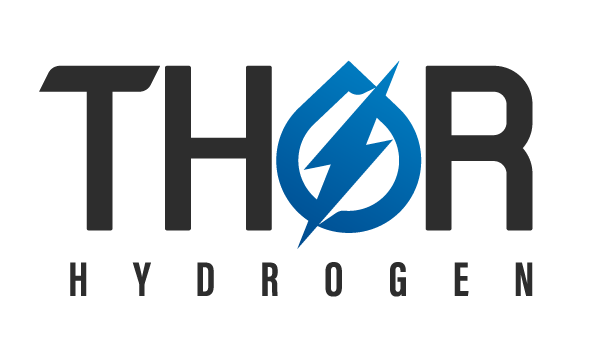Green Hydrogen - solving the challenge of Intermittency
Installation of renewable energy capacity in this past decade, especially wind and solar photovoltaic power, continues to grow robustly, driven by dramatically falling costs and the urgent need for action on climate change. In 2019, for the fifth year in a row, additions of renewable power generation capacity outpaced net installations of fossil fuel and nuclear power combined.
Despite this impressive growth, intermittency of these technologies undercuts the advantage that emissions free generation delivers. During the night, in the case of solar, or on days when the wind is not blowing, alternate measures to generate electricity are needed to provide reliable power. Also, in power grid systems with significant installed renewables capacity, the challenge of ‘curtailment’ is present, the phenomenon where more power is generated than can be accommodated by the distribution system, occasionally requiring partial system shutdown [curtailment is a complex issue that will be described further in a future post]
Currently, power generation fueled by coal or natural gas is relied upon for backup power. However, coal and natural gas units emit approximately 1.0 tonne CO2-eq (CO2 equivalent) and 0.5 tonne CO2-eq respectively for each MWh (Megawatt hour) generated.
Given society’s goal to decarbonize electricity production, some method must be employed to store surplus renewable energy when it is generated such that it can be subsequently drawn upon during hours of low or zero generation.
Examples of technologies that provide what until now has been considered ‘long duration’ storage (one day) are pumped hydro and compressed air energy storage. These systems are costly and rely on appropriate geological or topographical conditions to be viable. Today’s batteries, BESS (Battery Energy Storage Systems) have been typically designed to store electricity for two hours - many systems intended to take advantage of power price arbitrage. Batteries by their nature cannot separate their delivery of power from the total energy which they supply. For example, a 1 MW battery can serve a maximum load of 1 MW, but for only two hours at full power. If power is required for longer than two hours, the battery can be throttled down to say 50% power to extend available energy for four hours. This linkage between battery capacity and amount of energy stored does not allow the separation of power (MW) and energy (MWh).
Hydrogen solves this dilemma. Hydrogen, when supplied to a fuel cell, can sustain full power from the fuel cell for as long as hydrogen is available from storage. A fuel cell generates no emissions other than pure water when providing power. The energy contained within stored hydrogen can be decoupled from the fuel cell while it provides full power to load for long duration. The value of hydrogen as an energy carrier (it has been described as an exchangeable currency) lies in its ability to be compressed and stored in cylinders in unlimited amounts for subsequent use during extended periods of intermittent renewable energy generation from diurnal variations to seasonal ranges. Stored hydrogen allows us to independently optimize power and its duration. Ultimately hydrogen storage systems will enable renewable energy systems to become fully autonomous across the full-time span of typical energy cycles, eliminating the need for power back-up.
Glossary
Intermittency: The periodic generation of power which is characteristic of some renewable energy sources e.g. solar pv which is subject to daily and seasonal cycles, wind which is subject to intensity variation. Not all renewable energy sources experience intermittency (e.g. geothermal) and some are intermittent within definable and highly predictable ranges (e.g. tidal power).
Curtailment: In circumstances where variable renewable energy (VRE) comprises a significant percentage of regional power generation capacity, periods of intensity e.g. high winds, high solar radiation may require either partial shutdown (of windfarms) or dissipation (of solar production) due in part to limitations in the capacity of the transmission system. With a viable long-term storage system, such surplus power can be effectively captured and used for balancing and grid stability during periods of no or low generation.
(Hydrogen) Fuel Cell: A device which uses the electrochemical reaction between the combination of water and oxygen hydrogen to create power and heat. Fuel cells are similar in construct to electrolyzers in what is essentially the reverse process. Fuel cells vary in type, mainstream application centers around PEM (polymer electrolyte membrane) fuel cells and AFC’s (Alkaline Fuel Cells).
